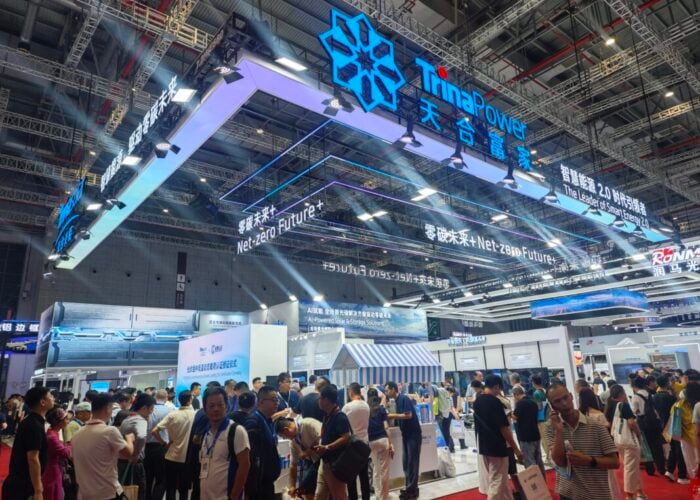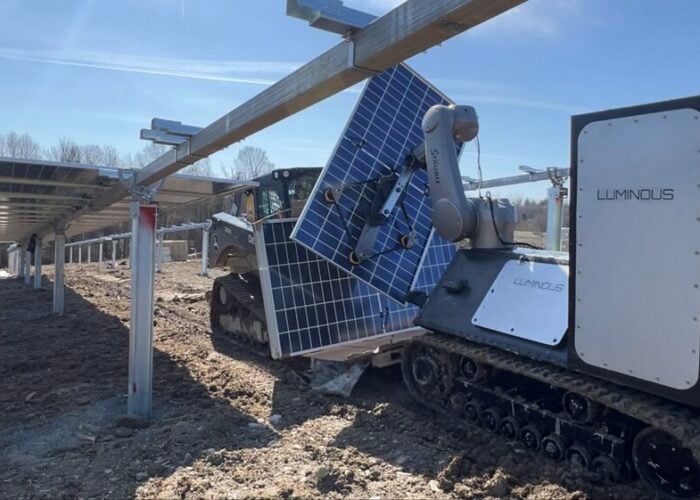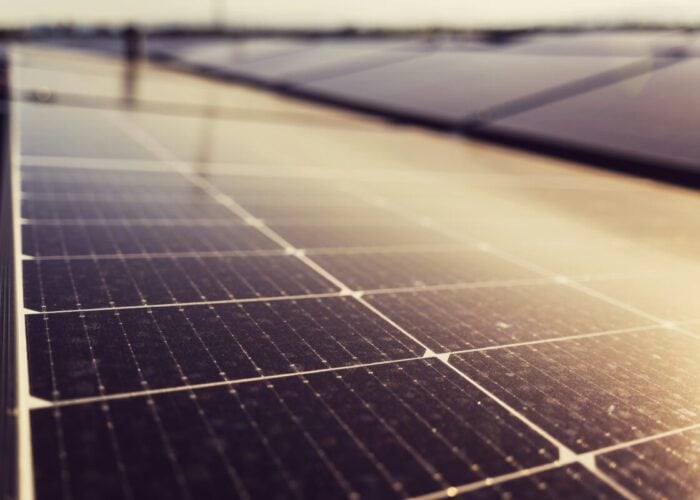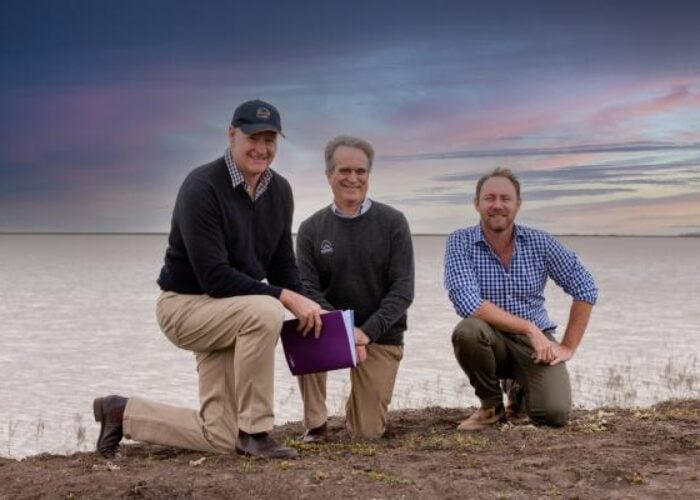
In the final days of 2024, PV Tech is looking back at the stories that dominated the headlines in each quarter of the year. Following growth in the US solar sector in Q2, Q3 saw the downfall of the emblematic US PV brand SunPower, alongside the ongoing travails of Maxeon, the module producer that spun out of SunPower in 2021.
Moves by the US to impose trade tariffs on PV equipment imports provided a steady background noise while the first murmurings over the possible impacts of the second Donald Trump presidency on the PV industry were voiced. China’s PV manufacturers continued to struggle amidst difficult global market conditions. Meanwhile, UK firm Oxford PV announced its first shipment of perovskite-silicon tandem PV modules, potentially firing the starting gun on the race to market for this promising new technology.
Unlock unlimited access for 12 whole months of distinctive global analysis
Photovoltaics International is now included.
- Regular insight and analysis of the industry’s biggest developments
- In-depth interviews with the industry’s leading figures
- Unlimited digital access to the PV Tech Power journal catalogue
- Unlimited digital access to the Photovoltaics International journal catalogue
- Access to more than 1,000 technical papers
- Discounts on Solar Media’s portfolio of events, in-person and virtual
SunPower’s demise
The steady decline of the distinguished US PV brand SunPower entered what looked to be a terminal phase when the company ceased various of its operations. Following a sustained period of difficulties that had seen the company shed workers and struggle to pay creditors, in mid-July a letter from SunPower to its investors obtained by Roth Capital revealed SunPower was halting new lease and PPA sales and putting the brakes on project installations.
The company’s share price plunged 40% to US$1.51 on the back of the revelation, and unsurprisingly, just a few weeks later, news broke that SunPower was filing for Chapter 11 bankruptcy. In a statement on the filing, SunPower’s executive chairman, Tom Werner, said the company had entered into an agreement to sell parts of its business to Complete Solaria and was seeking buyers for other elements, after which it would seek an “orderly winddown”.
Maxeon’s struggles
Maxeon, the module producer that spun out of SunPower in 2020, faced a similarly turbulent quarter, with July bringing news that the company was facing a class action lawsuit from disgruntled investors. The root cause of their unhappiness was Maxeon’s Q1 financial results, whose delayed publication earned Maxeon a non-compliance slap on the wrist from Nasdaq stock exchange in May. The lawsuit alleged the results, which revealed nearly US$15 million in losses and a 40% year-on-year fall in revenue, caused damage to investors who bought shares in the company between November 2023 and the end of May 2024.
Maxeon reported further losses and falling module shipments in early September, blaming the dip in sales on a decision by the US Customs and Border Protection to detain modules imported to the US from the company’s factories in Mexico to assess its compliance with the Uyghur Forced Labor Prevention Act.
The company’s difficulties deepened a few weeks later when Nasdaq said it was moving to delist Maxeon from its top-tier global select market after the company’s securities failed to reach a closing bid price above US$0.10 for ten consecutive days. Maxeon immediately challenged the delisting threat with a reverse stock split aimed at raising the share price above the US$1 per share minimum threshold set by Nasdaq. But the company’s difficulties have persisted for the remainder of the year, as we will explore in our Q4 review.
US trade tariffs
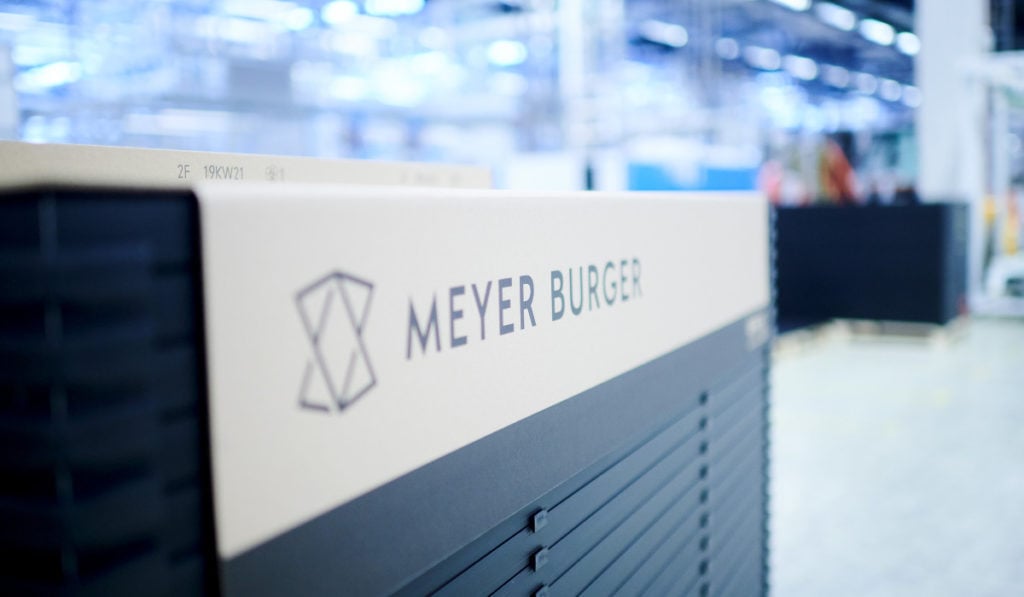
The third quarter saw a spate of developments in the US, which has been steadily tightening the screw on PV equipment imports from particularly Chinese producers into the country.
In August, a group of US senators put forward proposals seeking to bar Chinese PV manufacturers from benefiting from tax credits available under the country’s Inflation Reduction Act stimulus programme. The “American Tax Dollars for American Solar Manufacturing Act” was introduced by a bipartisan group of senators and proposed amending the Internal Revenue Code of 1986, “to prohibit allowance of the advanced manufacturing production credit for components produced by foreign entities of concern”.
In September, the Office of the United States Trade Representative finalised proposals under Section 301 of the trade act to increase import tariffs on PV wafers and polysilicon from 25% to 50%. The USTR said the tariffs would bolster domestic manufacturers in the US, enabling local producers to compete with Chinese producers, which trade representative Katherine Tai said had been unfairly assisted by the “harmful policies and practices” of the Chinese government.
Underlining the difficulties faced by US-based manufacturers, on 27 August module producer Meyer Burger announced that it was putting on hold plans for a new 2GW cell manufacturing facility in Colorado. The company said the project had become financially unviable and that it would instead concentrate on ramping up another facility in Arizona.
A few weeks later, the company’s long-serving CEO, Gunther Erfurt, announced he was leaving the role as part of a “strategic realignment” of the company. In a parting statement, Erfurt criticised what he said was a lack of action by policymakers in resisting the unfair commercial advantages enjoyed by Chinese producers over companies such as Meyer Burger.
Further clouds appeared on the horizon in late July, when Mark Widmar, the CEO of leading US producer First Solar said the prospect of a change of administration following the US presidential election was creating uncertainty in the sector. The US PV industry has been enjoying a boom period since the introduction of the Inflation Reduction Act under outgoing president Joe Biden. Without mentioning the presidential hopeful Donald Trump specifically, Widmar said “uncertainty” was creating a chilling effect on the availability of investment, with First Solar’s financing parties awaiting greater clarity on the policy picture before making investment decisions.
Difficulties for China’s PV manufacturers
But despite the woes of Meyer Burger and others, not everything was plain sailing for Chinese companies either.
In late 2023, PV Tech’s analyst colleague Finlay Colville was the first to call the likelihood of a PV major industry downturn in 2024 as a consequence of extreme competition, price cutting and overproduction by Chinese PV producers. These market conditions have indeed materialised in 2024, and on 10 September Colville penned another piece for the site predicting the downturn would continue “well into 2026”, with the industry facing a “humbling” year in 2025 as the difficult trading conditions persist. Drawing on his analysis of the first major downturn a little over a decade ago, Colville said things would probably get worse before they get better as companies look to preserve cash and cut costs.
New tech on the road to commercialisation
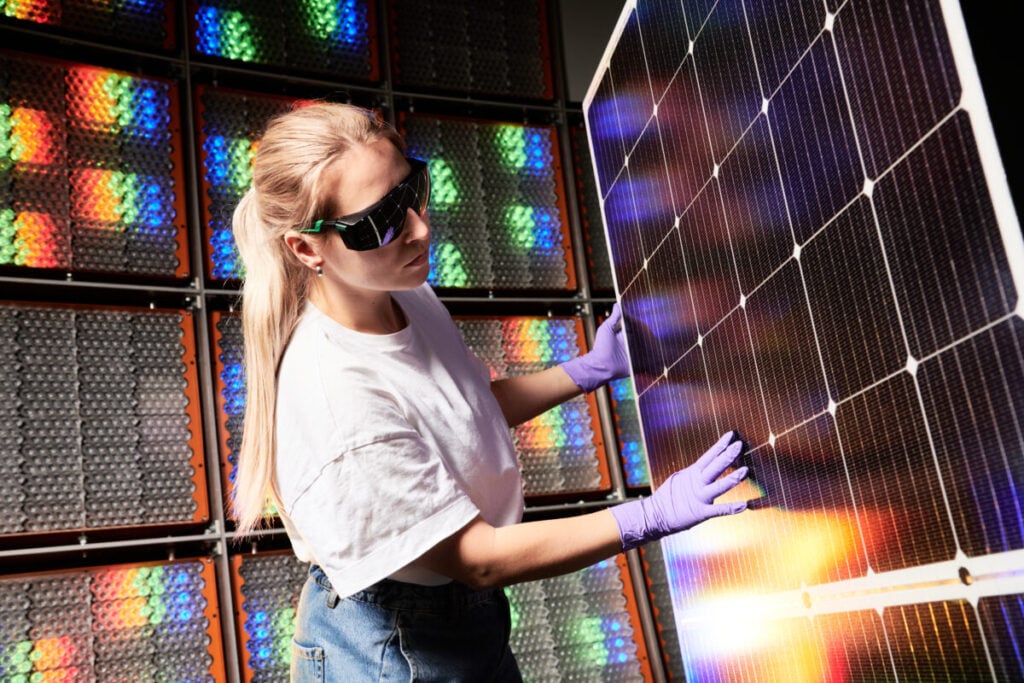
On a more positive note, UK firm Oxford PV announced in early September that it had made its first shipment of tandem silicon-perovskite PV modules. With the perovskite-based PV technologies having seemingly been on the cusp of commercialisation for some years now, this is a potentially significant moment for the industry. Whether this first known commercial deployment of perovskite technology will open the floodgates remains to be seen, but it is undoubtedly a major milestone for a next-generation technology that some say could rival the dominance of crystalline silicon PV.


